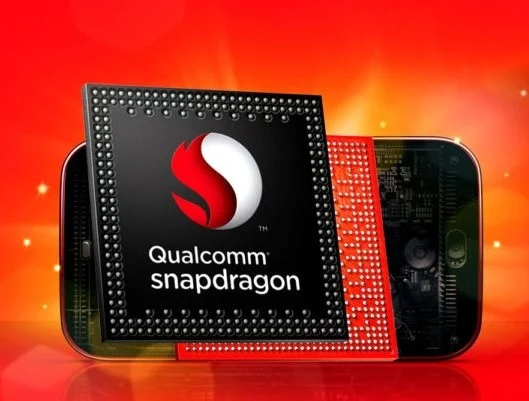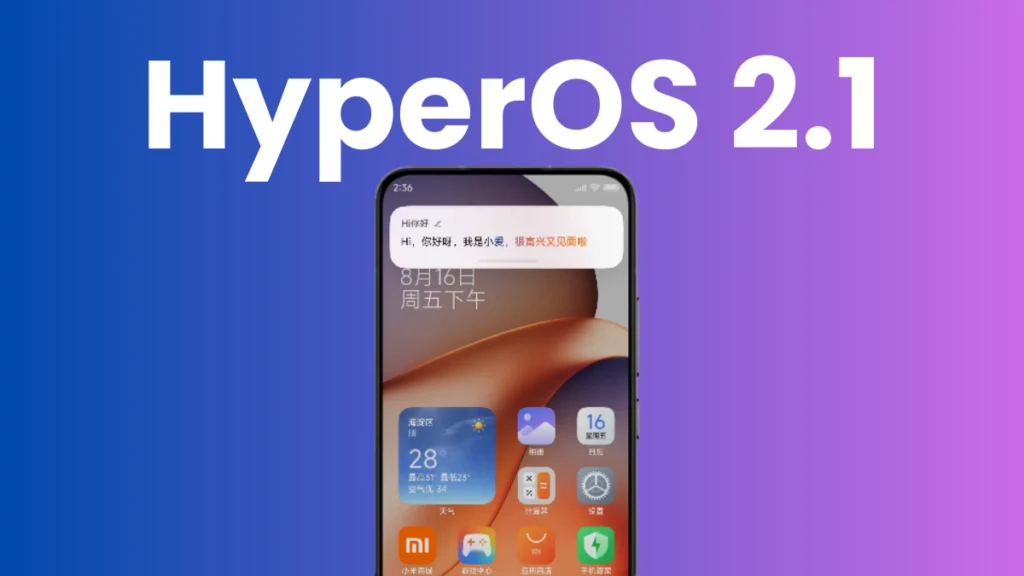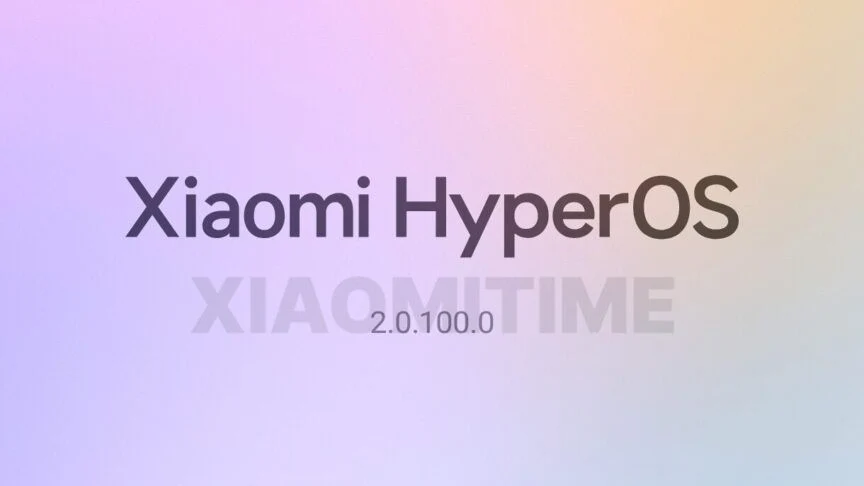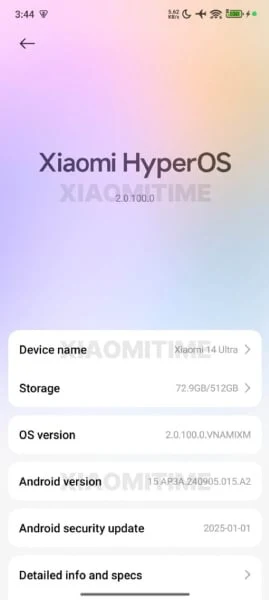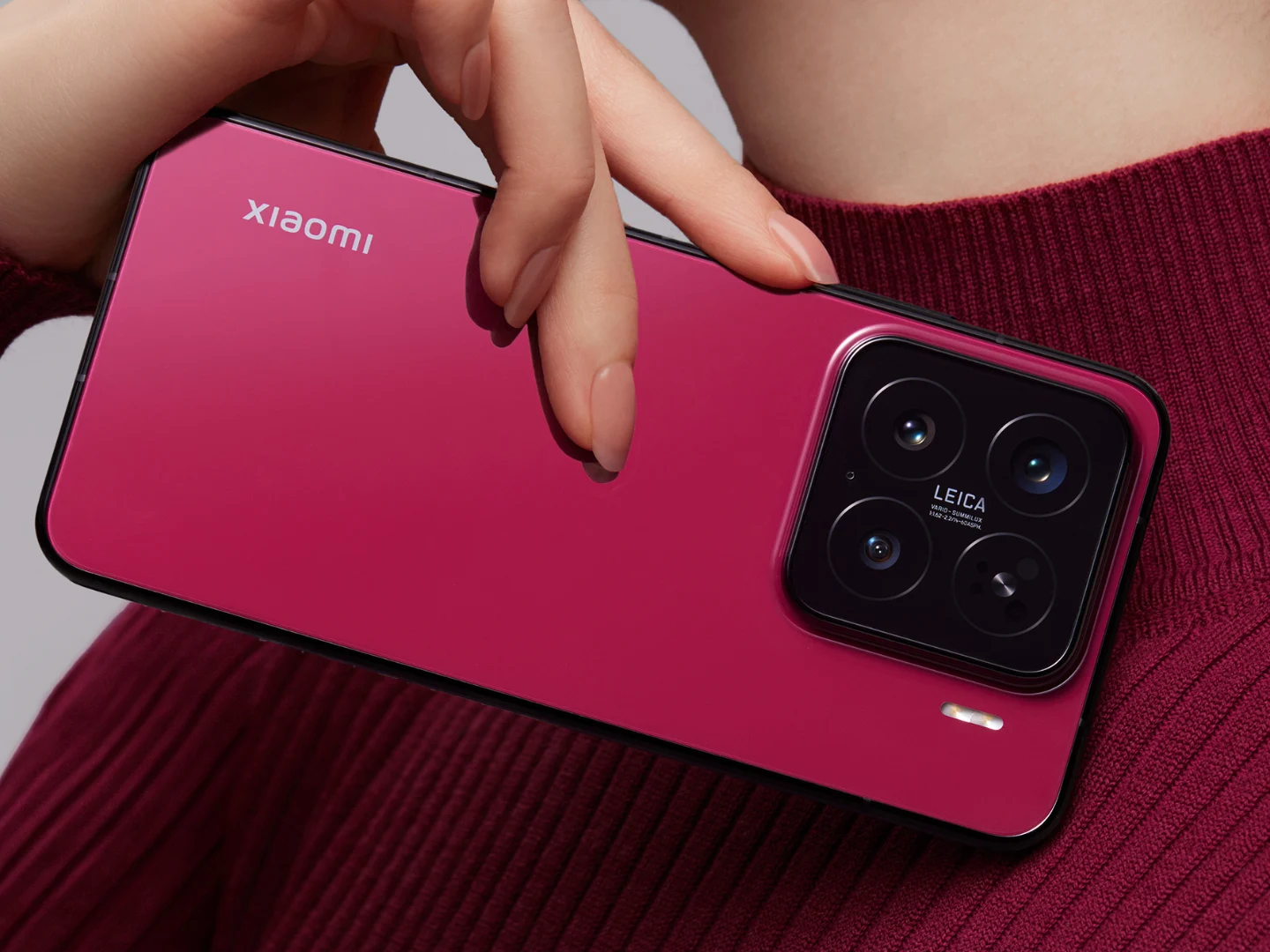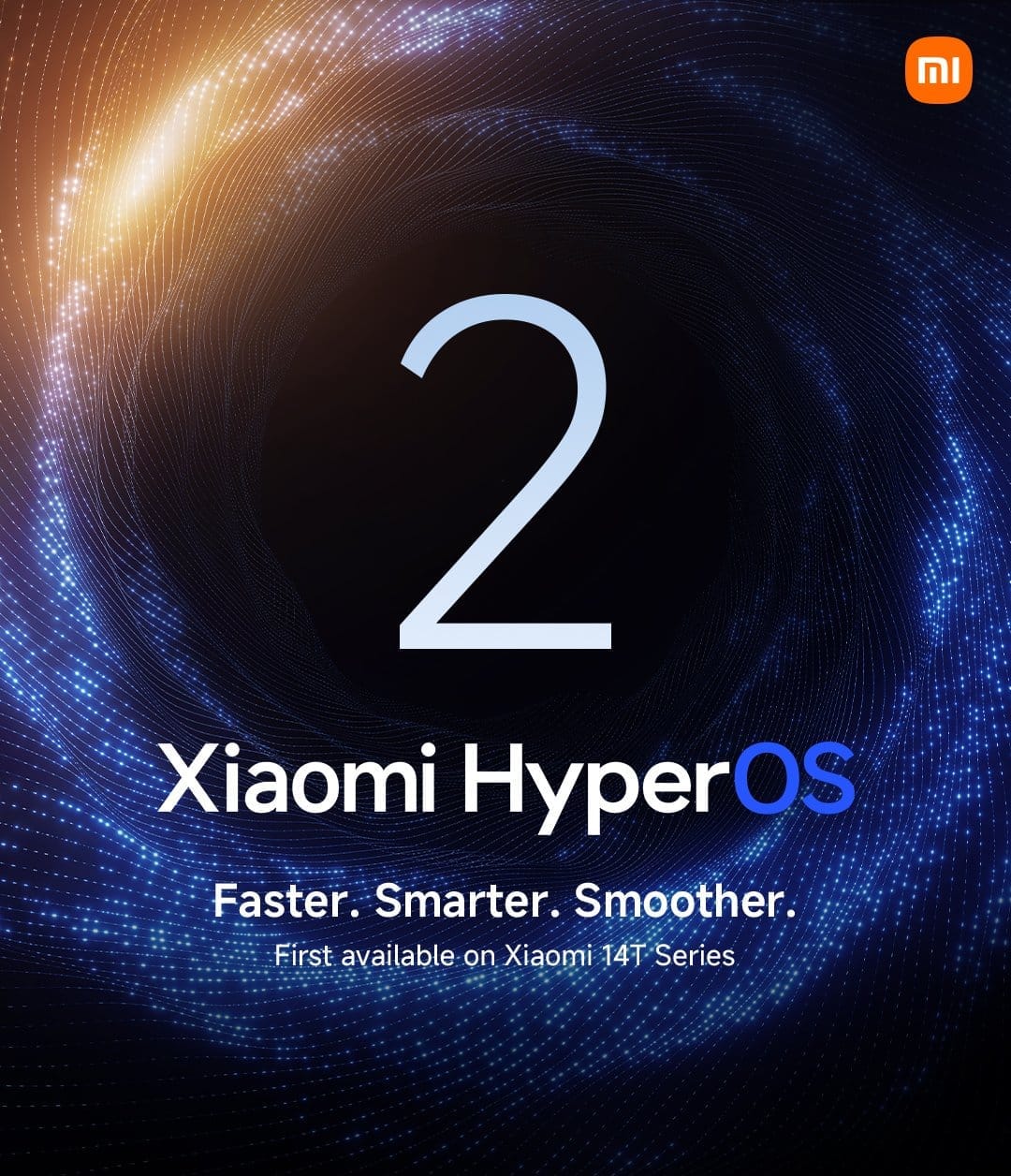Key Takeaways
1. The new sub-premium chipset will be named Snapdragon 8s Gen 4, not Snapdragon 8s Elite.
2. The Snapdragon 8s Gen 4 will use ARM’s Cortex-X4 and A720 cores, replacing the Oryon cores from the Snapdragon 8 Elite.
3. Performance specs include one Cortex-X4 core at 3.21 GHz and an expected AnTuTu score over two million.
4. It will feature the Adreno 825 GPU, which is a less powerful version compared to the Adreno 830 in the Snapdragon 8 Elite.
5. The Snapdragon 8s Gen 4 is set to launch in early April, with devices like the Redmi Turbo 4 Pro expected to adopt it.
Qualcomm is gearing up to release its latest sub-premium chipset. The company introduced the Snapdragon 8s Gen 3 a year ago as a budget-friendly option compared to the Snapdragon 8 Gen 3. Many had thought that the next version would be called the Snapdragon 8s Elite, but recent updates suggest that’s not the case.
Branding Changes
According to Digital Chat Station, the new version of last year’s Snapdragon 8s Gen 3 will be named the “Snapdragon 8s Gen 4” rather than the Snapdragon 8s Elite. The reasoning behind this branding decision remains unclear, but it could be linked to the lack of Oryon cores that are present in the Snapdragon 8 Elite. Instead, the Snapdragon 8s Gen 4 will incorporate ARM’s Cortex-X4 and A720 cores.
Performance Specs
Specifically, the Snapdragon 8s Gen 4 is reported to have one Cortex-X4 core running at 3.21 GHz, three Cortex-A720 cores at 3.01 GHz, two cores at 2.80 GHz, and two more at 2.02 GHz. This arrangement is believed to allow the Snapdragon 8s Gen 4 to achieve an AnTuTu score exceeding two million. This score is comparable to those achieved by Snapdragon 8 Gen 3 devices such as the Xiaomi 14 Ultra (buy on Amazon) and the iQOO 12 Pro.
GPU and Cache Details
On the graphics side, the Snapdragon 8s Gen 4 is expected to feature the Adreno 825 GPU, which is likely a less powerful version of the Adreno 830 found in the Snapdragon 8 Elite. The system-level cache appears to be reduced as well, dropping from a total of 12 MB L2 cache to just 6 MB. Finally, the Snapdragon 8s Gen 4 is anticipated to hit the market in early April, with devices like the Redmi Turbo 4 Pro, Xiaomi Civi5 Pro, and iQOO Z10 Turbo Pro likely to adopt it. The Redmi Turbo 4 Pro is expected to be available for purchase by mid-April.
Source:
Link

